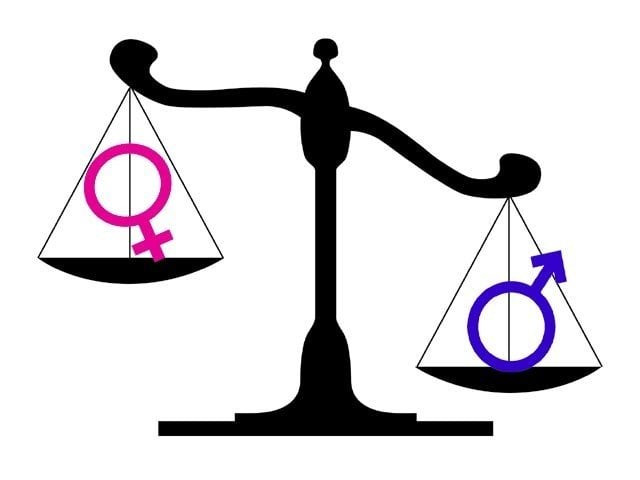The gender gap in mobility
Women irrespective of social class, face greater disparity in terms of mobility than men in Karachi, states study

On Tuesday, October 13 2020, Shehri, a local non-government organisation, hosted its workshop titled Mobility from the Lens of Gender: Case Study Karachi, at the city's Marriott Hotel.
The workshop, which was held in association with Friedrich Naumann Foundation, focused on addressing the various barriers to women's mobility in the megacity, and discussed the role of urban planning in mitigating these challenges.
Opening the event with a brief introduction to the organisation's work, Shehri Managing Committee Member Amra Javed said that the collective has been working towards improving the city's living environment for the past 32 years.
Talking about her own experience with mobility, Javed said that women's space and visibility in the city has been largely compromised over the years. "I recall a time when I could easily ride a minibus to college. But today, as a woman, it's hard to even find sitting space in a bus when men are constantly spilling into our already limited sections," she lamented.
Elaborating on the organisation's study, Shehri Project Manager and Urban Planner Farhan Anwar, said that one of their objectives has been to also look at mobility through the lens of non-motorised transport, such as walking or cycling from one area to another. "This still remains a struggle for women and gender minorities. To make these avenues accessible to all genders, cities need to be designed differently- sustainably," he told.
Project Research Associate Kashmala Tahir, shared that their study, which relied on a small sample size of over 25 respondents comprising of women in the blue and white collar industries, observed that women irrespective of socio-economic class face greater disparity in terms of mobility than men.
"In the absence of an effective mass-transit system, most female blue-collar workers in Karachi primarily rely on minibuses and Chinchis, while white-collar workers rely on auto-rickshaws and ride-hailing services to commute to work and back. We noticed that in using these transport options, they face various challenges such as harassment, violence, unregulated fares, time wastage and poor quality of mobility," she informed.
In response to these challenges, Shehri's study, among other alternatives, proposed developing mobile apps where geo-entries can be made by women victim of harassment, which can then be studied to identify violent hotspots. "We suggest the app should be available in English, Urdu and all regional languages to increase accessibility," Tahir advised.
Answering a question about government cooperation in the project, Project Manager Farhan Anwar said that their study has not received any response from the public or private sectors so far. "We will however continue our efforts in the project's second phase," he responded.
Also present at the workshop were students and faculty from Karachi's Habib University, who presented their project titled Her City and Stories.
The project which relied on 'humanist data visualisation' in addressing mobility, took Shehri's idea further and produced small-scale experience and encounter maps to identify women-unfriendly hotspots in the city.
As a speculative exercise, the university project also shared what its respondents envisioned Karachi of 2050 to look like. Doing so, they identified safe public spaces, disability inclusive transport, police accountability, affordable housing for women and 24/7 security helplines to be core aspects of the city of the future.
Speaking about the fate of their project, Project Member Bushra Saleem said that it is still a work in progress. "We are in the analysing phase right now. However, once we are done, we hope to compile our data into a comprehensive, locally relevant study," she concluded.
Published in The Express Tribune, October 14th, 2020.



















COMMENTS
Comments are moderated and generally will be posted if they are on-topic and not abusive.
For more information, please see our Comments FAQ